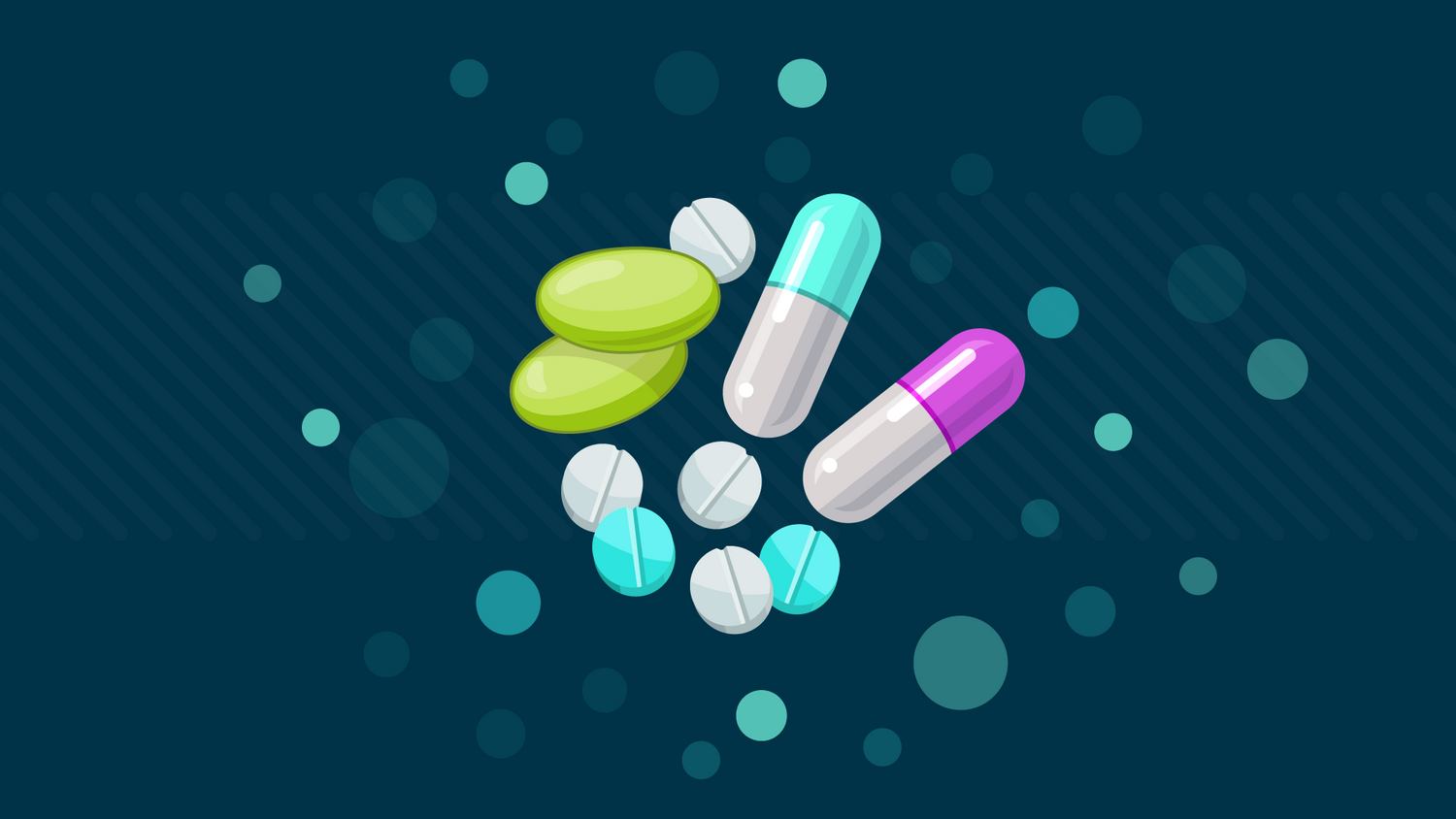
Pharmaceuticals in Your Drinking Water
Our blog is written by real experts— not AI. Each guide is carefully reviewed and updated based on the latest research. Plus, with no affiliate links, you can count on unbiased insights you can trust.
The Impacts of Chronic, Low-level Exposure to Medical Drugs in Tap Water
There are drugs in your drinking water—albeit in very low concentrations. In fact, pharmaceuticals have been detected in drinking water for more than forty years.
This got us asking some questions and we turned to Dr. Carsten Prasse, assistant professor at Johns Hopkins University and water chemistry expert studying pharmaceuticals in drinking water, for answers.
What are Pharmaceuticals & How Do They End Up in Our Water Cycle
Pharmaceuticals are synthetic or natural chemicals that can be found in prescription medication, over-the-counter drugs, and veterinary medicine. They contain active ingredients that are designed to achieve pharmacological effects to benefit human health–however, the impacts of pharmaceuticals do not stop once we ingest them.
We most commonly put pharmaceuticals into our water cycle two basic ways—through excretion and improper disposal.
Excretion:
When we take pharmaceutical drugs (from prescription to over the counter pain relievers), our bodies metabolize anywhere between 30% to 90% of it. The rest of the non-metabolized drug gets excreted in our water. The amount of a drug that our bodies break down varies widely, from drug to drug and even person to person.
Improper Pharmaceutical Disposal:
Have you ever heard that the best way to dispose of unwanted pharmaceuticals is to flush them down the toilet? Well, it isn’t.
Health Concerns of Pharmaceuticals in Drinking Water
According to Dr. Prasse, most pharmaceuticals detected in drinking water are present in “concentrations typically in the ng/L-range, which means that you would have to drink millions of liters of water a day to reach the prescribed doses.” While this sounds almost negligible, it is still significant—particularly because of the potential for cancer risks.
Dr. Prasse’s research focuses on understanding the generation of transformation products. He explained to us that usually, these by-products are not readily biodegradable and they tend to be more mobile in the environment (polar). They are less frequently removed by conventional water treatment systems because of these properties and because we are not actively treating water to remove many transformation products.
Dr. Prasse also explained that, “the chemical structure of the transformation product is frequently very similar to that of the parent pharmaceutical, which means that they can still have similar effects.”
What’s more is that the interactions between compounds are very challenging to study. He explained that pharmaceuticals typically aren’t occurring individually, but as mixtures–and together they behave in complex ways. What makes it even more difficult is that, “we don’t know most of the compounds that are present in our waters.”
Just How Concerned Should We Be?
When we asked how concerned should we be about about transformation products (like chlorine disinfection byproducts), Dr. Prasse said : “They are of great concern—as a number of them are known or suspected carcinogens. It is also important to realize that [they] are also formed from natural water constituents and not necessarily from man-made chemicals that are present in our water.”
However, he also noted that because exposure to pharmaceuticals in drinking water is both unintended and involuntary, the lack of knowledge regarding the long-term (i.e. chronic) exposure to low concentrations is concerning.
What is Being Done About Pharmaceutical Contamination?
Dr. Prasse emphasized that overall our drinking water is pretty well controlled and treated. So, if you have treated water in the U.S. it is likely that pharmaceutical contamination is not making your water unsafe to drink. He informed us, that “based on what we know so far, the health risks resulting from the exposure to pharmaceuticals via drinking water consumption are likely to be very low.” That being said, you still probably don’t want them in your drinking water.
What About Water Treatment Plants?
While water treatment processes can (and do) reduce the concentrations of pharmaceuticals in water, how effective they actually are is often a function of chemical structure, cost, and energy. Typical water treatment processes are not specifically designed to remove pharmaceuticals, however they all do so to varying degrees. Conventional treatment using chlorination typically removes about 50% of pharmaceuticals. More advanced treatments—such as ozonation, advanced oxidation, activated carbon, reverse osmosis, and nanofiltration—can achieve higher removal rates for targeted compounds.
Unfortunately, most treatment processes have side effects—particularly in the creation of disinfection by-products. These by-products, which have been found to impact the health of laboratory animals, result when pharmaceuticals interact with chlorine at a water treatment plant.
What Can I Do to Reduce the Risk of Pharmaceutical Contamination?
When asked about ways to reduce our pharmaceutical footprint, Dr. Prasse provided some helpful tips we can all use:
- Don’t dump unused pharmaceuticals down the drain
- Bring unused medication back to the pharmacy
Another issue is a lack of education, as many doctors and pharmacists in the U.S. are not fully aware of the magnitude of pharmaceutical contamination.
Finally, Dr. Prasse argues that we need to “be more aware of the amounts of over-the-counter drugs we purchase. A lot of these drugs (e.g. Advil) can be purchased in bulk, with some bottles containing up to a 1000 pills.” While buying in bulk may feel like a money saving option at the time, Dr. Prasse pointed to “studies showing that up to 50% of all pharmaceuticals go unused.”
Can I Test for Pharmaceuticals in My Drinking Water?
Yes, you can have your water tested by a certified laboratory if you are curious to know precise levels of pharmaceuticals and other common drugs, steroids, hormones, and endocrine disruptors in your drinking water. Pharmaceuticals cannot be detected through test strips or other at-home DIY tests.
- This high precision liquid chromatography tandem mass spectroscopy test (LC-MS/MS) analyzes for 34 contaminants—including estrone, bisphenol A (BPA), and ibuprofen.
- This high precision LC-MS/MS analyzes for 49 contaminants—including testosterone, progesterone, caffeine, nicotine, acetaminophen, diazepam, and carbamazepine.
These two tests have no overlap in analytes between them. Each test has slightly different analytical runs on the instruments and therefore capture different things. They measure down into the PPQ (parts per quadrillion range)! Such technical expertise and precision comes with the subsequent cost.
What's the Takeaway?
As we said before: there are drugs in your water. Understanding what they are and what their effects are is an open research agenda that Dr. Prasse is actively investigating. We know they are present in low enough concentrations (usually 1000-fold below an effective dose) and that they do not pose a short-term risk to your health. Research will continue to shed light on the effects of chronic, low-level exposure.
If you want to test your water for a detailed glimpse, there are options available.
If you want to read more about this topic, or any of Dr. Carsten Prasse’s work, take a look here and email us if you’d like a copy of one of the papers.










